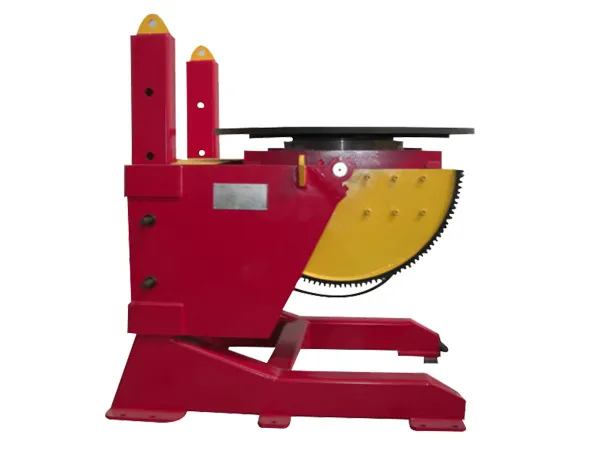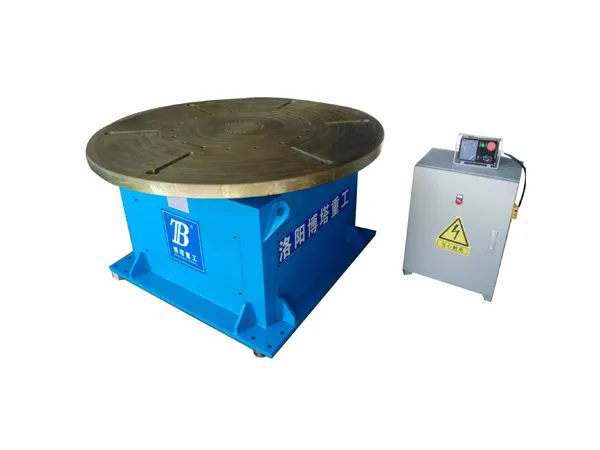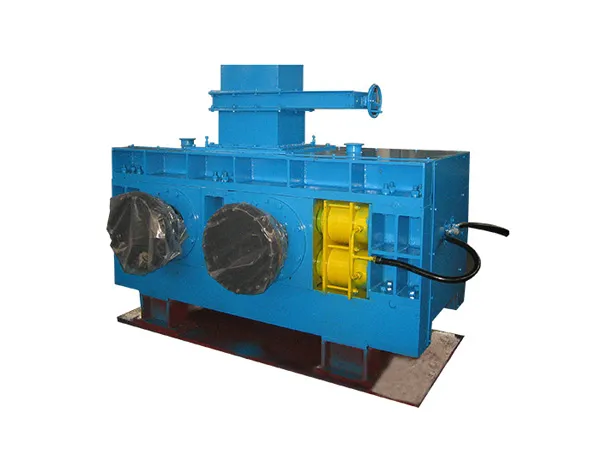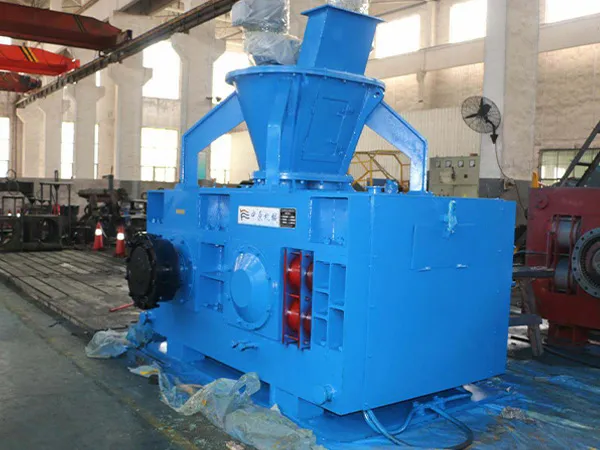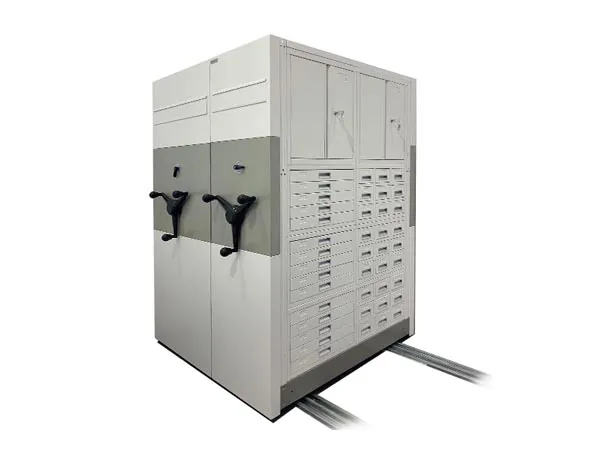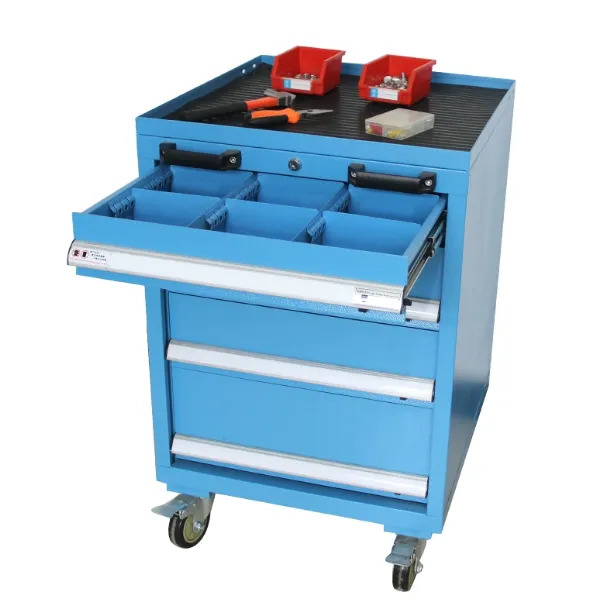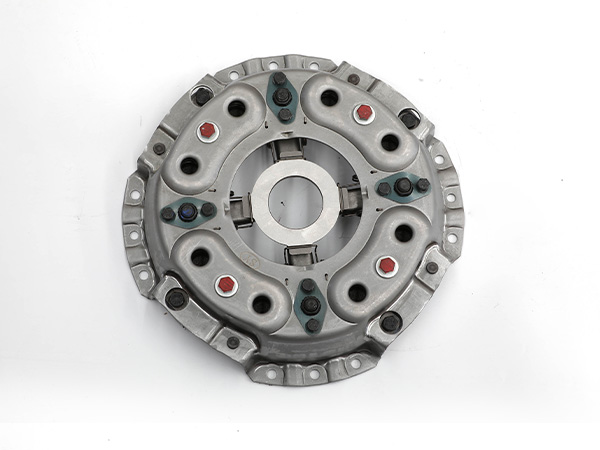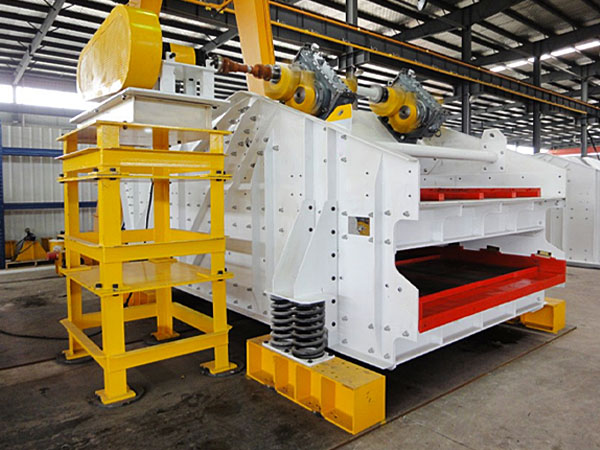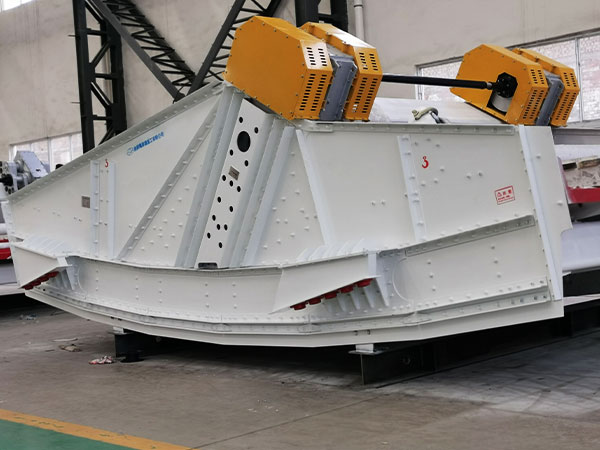Robot bearings are specialized bearings designed for use in robotic applications. These bearings play a crucial role in ensuring smooth and precise motion control, which is essential for the proper functioning of robotic systems. Maintaining robot bearings is essential for ensuring the optimal performance, longevity, and reliability of robotic systems.
Robot bearings maintenance tips
Regular Inspection: Perform routine visual inspections of the robot bearings to check for signs of wear, damage, or contamination. Look for issues such as corrosion, pitting, rust, cracks, or abnormal wear patterns.
Lubrication: Proper lubrication is critical for reducing friction, preventing wear, and extending the lifespan of bearings. Follow the manufacturer’s recommendations for the type and frequency of lubrication. Use high-quality lubricants compatible with the bearing materials and operating conditions.

Cleanliness: Keep the surrounding environment clean to minimize the risk of contamination entering the bearing system. Dust, dirt, debris, and other contaminants can accelerate wear and cause premature failure. Regularly clean the robot and its components, paying attention to areas around the bearings.
Sealing: Ensure that the bearings are adequately sealed to protect them from moisture, dust, and other contaminants. Check the seals regularly for damage or degradation and replace them if necessary. Proper sealing helps to maintain lubrication integrity and prevent premature failure.
Alignment: Misalignment can lead to uneven loading, increased friction, and premature wear of bearings. Periodically check the alignment of the robot components, including the bearings, shafts, and mounting surfaces. Adjust as needed to ensure proper alignment and smooth operation.
Temperature Control: Monitor and control the operating temperature of the robot bearings within the recommended range. Excessive heat can degrade lubricants and cause thermal expansion, leading to bearing failure. Implement cooling measures if necessary, such as ventilation or thermal insulation.
…
For more detailed information about robot bearing maintenance, please click here: https://www.prsbearings.com/a/news/robot-bearing-maintenance-tips.html

